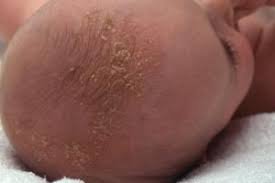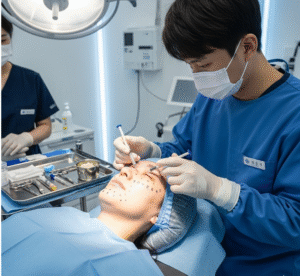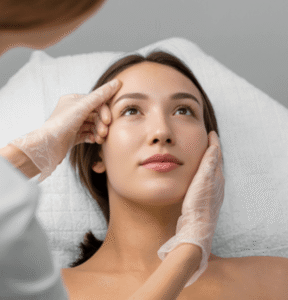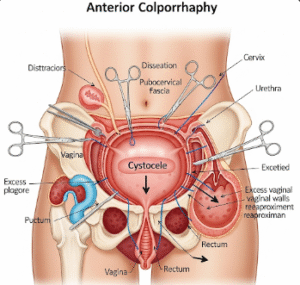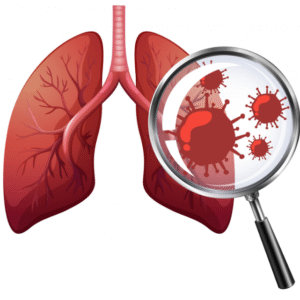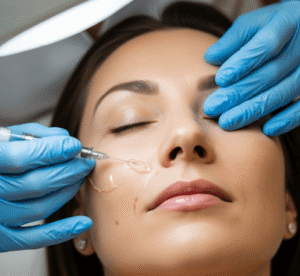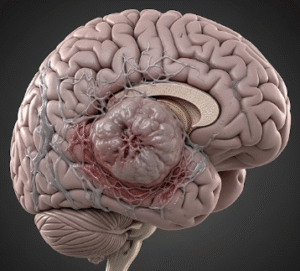Overview
Cradle cap, also known as infantile seborrheic dermatitis, is a common, harmless skin condition in babies that causes scaly, greasy patches on the scalp. It usually appears in the first few months of life and often clears up on its own within weeks to months. In Korea, pediatric dermatology clinics provide gentle treatment options and parent education to manage the condition safely.
What is Cradle Cap?
Cradle cap is a non-contagious, mild skin disorder that affects infants. It occurs when sebaceous (oil) glands in a baby’s scalp produce excess oil, leading to flaky or crusty patches. It is not caused by poor hygiene or allergies and typically does not cause discomfort to the baby.
Symptoms
- Thick, greasy, yellow or brown scales on the scalp
- Flaky or crusty skin that may peel off
- Mild redness around the affected area
- Occasionally affects eyebrows, eyelids, behind the ears, or diaper area
- Usually no itching or pain
Causes
- Overactive sebaceous glands in newborns due to maternal hormones
- Excess oil trapping dead skin cells on the scalp
- Possible role of a harmless yeast (Malassezia) on the skin
- Not linked to poor care or infection
Risk Factors
- Most common in babies aged 2 weeks to 6 months
- Slightly higher occurrence in infants with oily skin
- Can appear in premature babies but resolves similarly
Complications
- Rare; usually harmless
- Secondary bacterial infection if scratching causes broken skin
- Persistent or severe cases may require dermatology consultation
Prevention
- No guaranteed prevention
- Gentle scalp care, such as soft brushing and mild baby shampoo, may help
- Avoid harsh soaps or excessive scrubbing
Treatment Options in Korea
Korean pediatricians and dermatologists focus on gentle, effective treatments and parent education. Common approaches include:
1. Home Care
- Applying baby oil or mineral oil to loosen scales before bathing
- Washing the scalp with mild baby shampoo
- Gently brushing with a soft-bristled brush
2. Medical Treatments (if needed)
- Prescription medicated shampoos or mild topical antifungal/anti-inflammatory creams for persistent cases
- Evaluation for other skin conditions if symptoms worsen
3. When to Seek Medical Help
- If the condition spreads, becomes red or inflamed, or if the baby seems uncomfortable
- If signs of infection (pus, swelling) occur
4. Follow-Up
- Usually resolves without complications
- Regular baby wellness checkups can include scalp assessment

